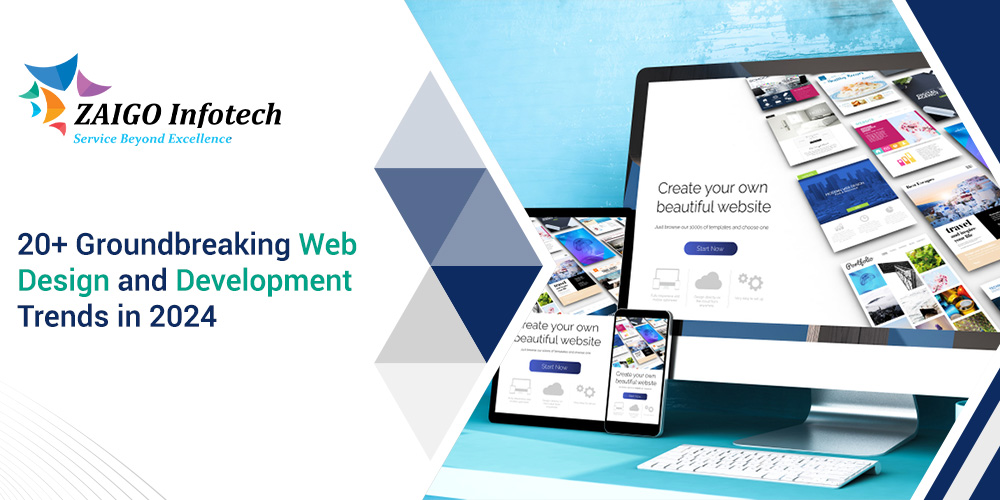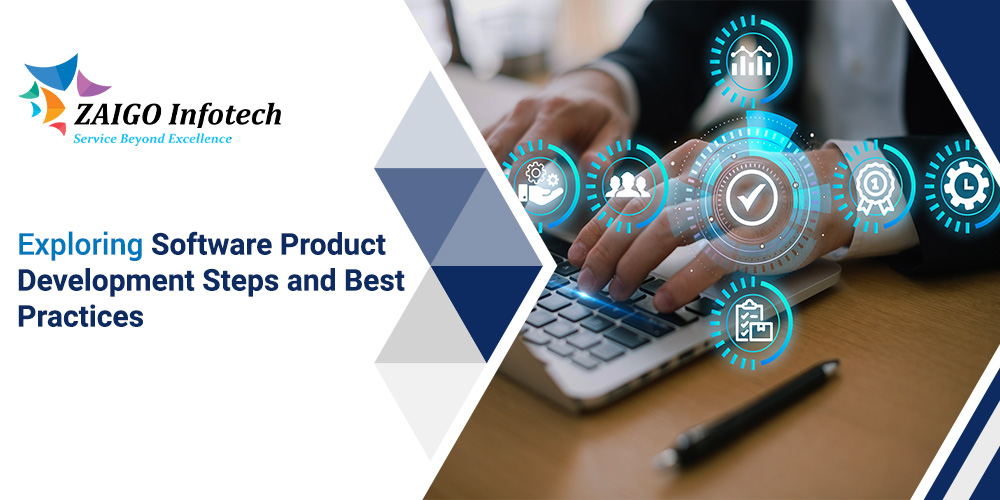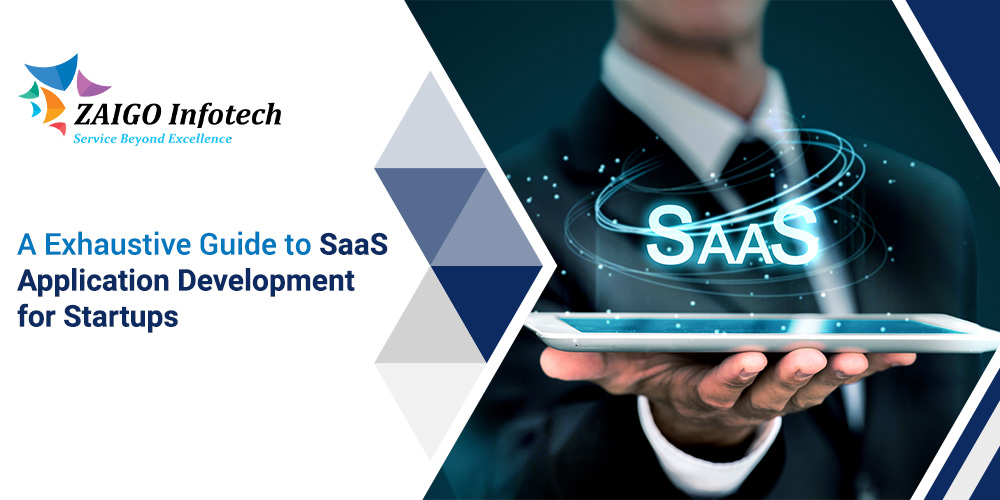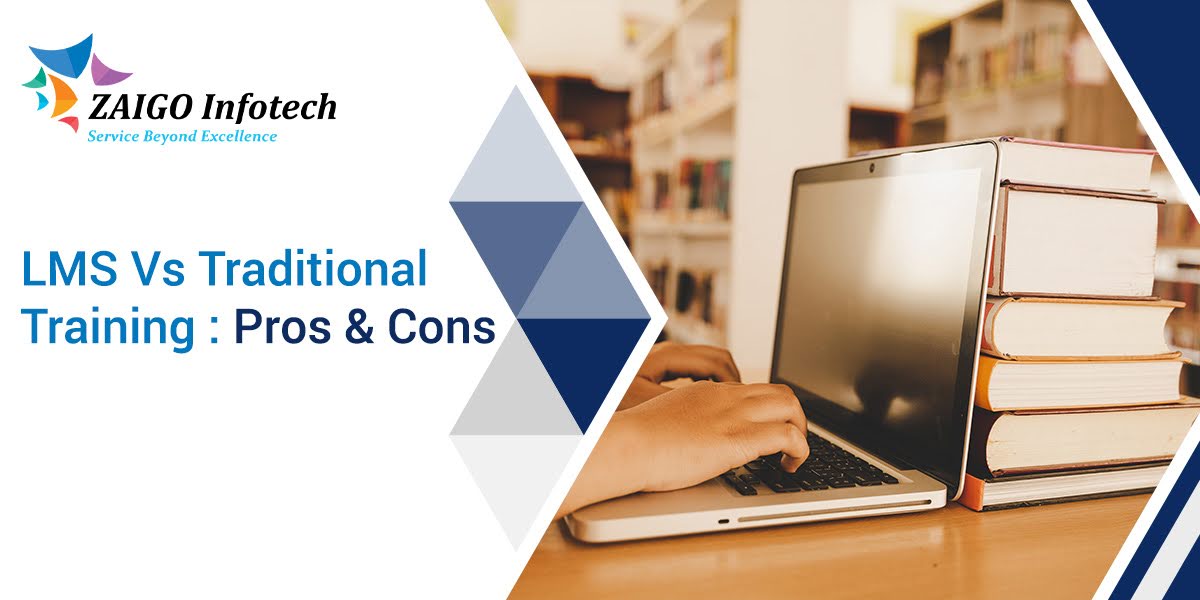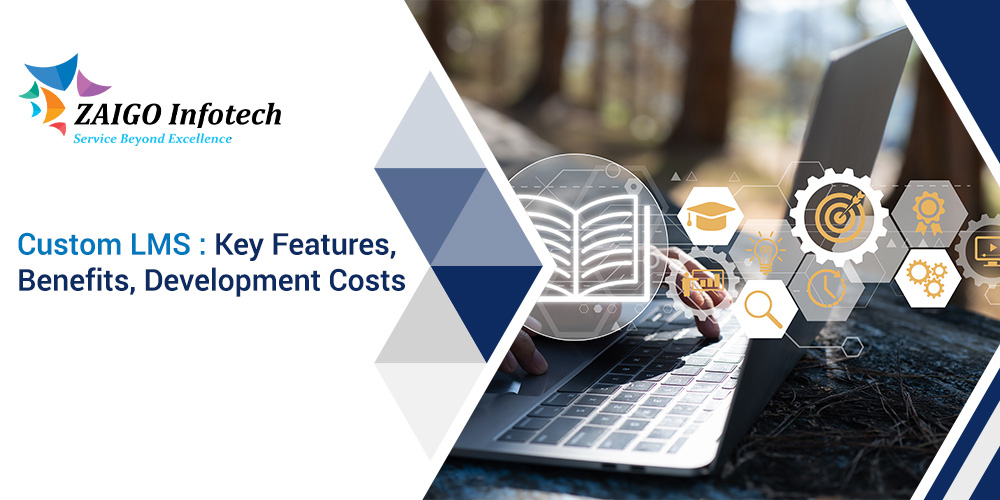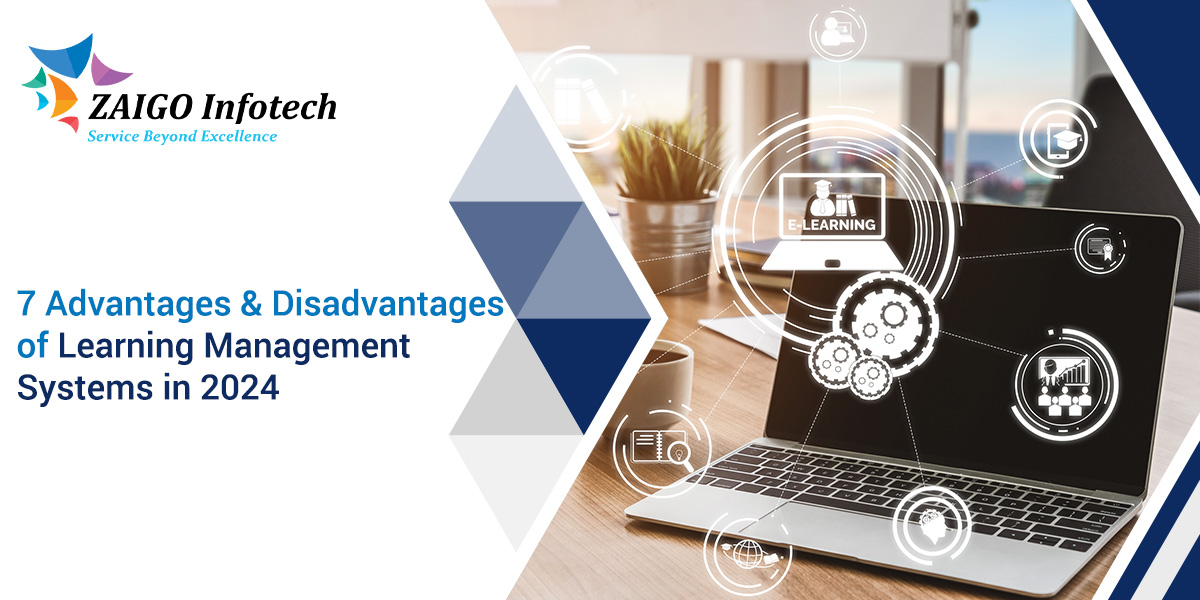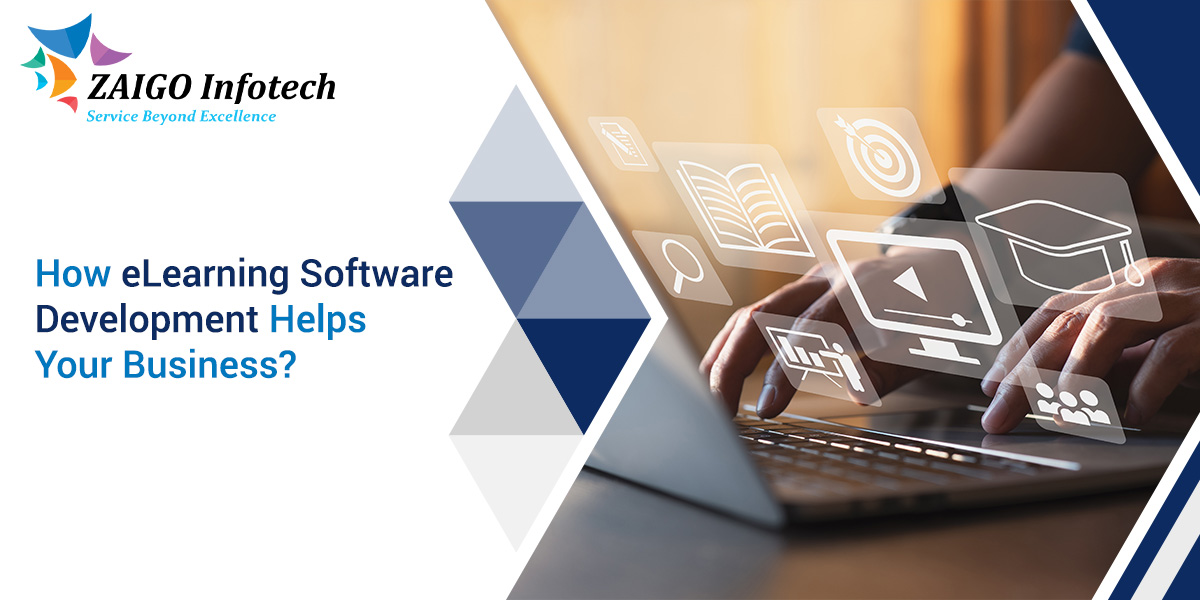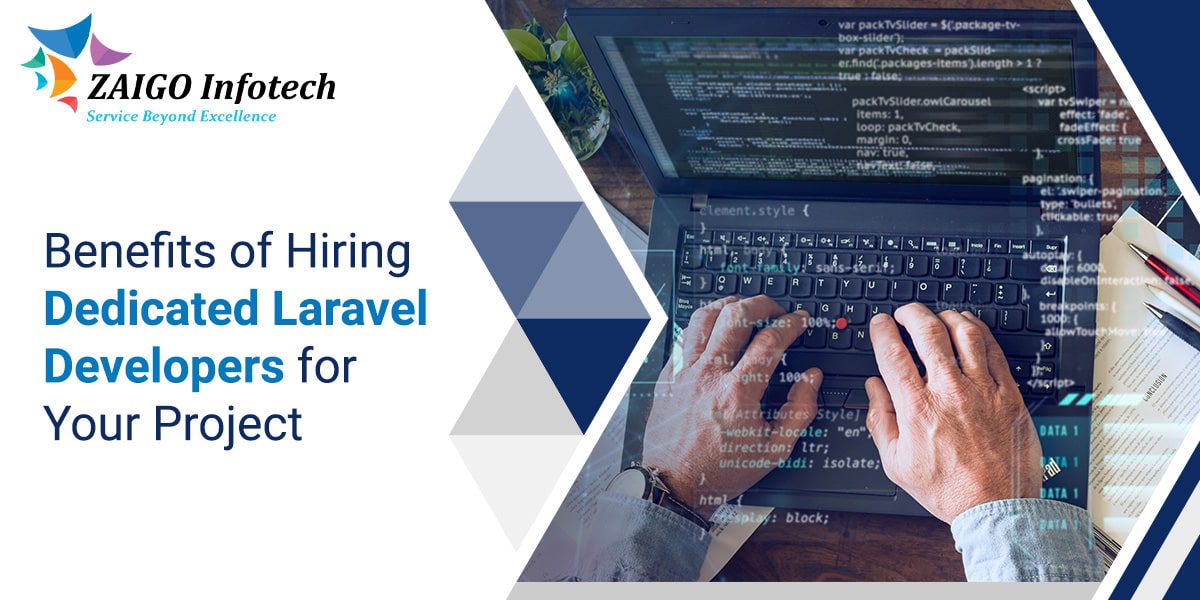In 2024, the landscape of web design and development is undergoing a significant evolution, marked by groundbreaking trends that redefine user experiences. From immersive visual storytelling to the integration of cutting-edge technologies like augmented reality and artificial intelligence, the digital sphere is advancing at a rapid pace. Staying abreast of these trends is paramount in this era of innovation. Join us as we delve into 20+ cutting-edge web design and development trends that are set to revolutionize the industry. From minimalist designs to voice user interfaces and sustainable practices, these trends epitomize the forefront of creativity and innovation, shaping the future of web design and development.
In the realm of web design and development, several trends are reshaping user experiences and interfaces:
-
Immersive Visual Experiences:
Websites are embracing immersive visuals, captivating users with engaging multimedia elements and dynamic content.
-
Augmented Reality Integration:
Integrating augmented reality into web design enhances interactivity, offering users unique and immersive experiences directly through their browsers.
-
Minimalist and Clean Design:
Minimalism continues to dominate web design, with clean layouts, ample white space, and simplified navigation, focusing users’ attention on essential content and functionality.
-
Voice User Interface (VUI) Implementation:
Voice user interfaces are becoming increasingly prevalent, enabling users to interact with websites and applications using voice commands, streamlining navigation and enhancing accessibility.
-
Dark Mode Enhancements:
Dark mode is gaining popularity, providing users with an alternative interface option that reduces eye strain in low-light environments and offers a sleek and modern aesthetic.
-
Microinteractions for User Engagement:
Microinteractions enhance user engagement by providing subtle feedback and interaction cues, creating a more intuitive and enjoyable browsing experience.
-
3D Graphics and Illustrations:
Incorporating 3D graphics and illustrations adds depth and interactivity to websites, captivating users with immersive visual elements and enhancing storytelling capabilities.
-
Artificial Intelligence in Web Development:
AI-driven solutions optimize web development processes, from content generation and personalized recommendations to chatbots and virtual assistants, enhancing user experiences and streamlining operations.
-
Advanced Personalization Techniques:
Leveraging user data and behavioral analytics, advanced personalization techniques tailor content and functionality to individual preferences, fostering deeper user engagement and loyalty.
-
Progressive Web Apps (PWAs) Optimization:
PWAs offer a seamless user experience across devices, combining the functionality of native apps with the accessibility of the web. Optimizing PWAs enhances performance, offline capabilities, and user engagement.
-
Enhanced Accessibility Features:
Websites are integrating enhanced accessibility features to ensure inclusivity, catering to users with diverse needs and abilities.
-
Interactive Storytelling Elements:
Interactive storytelling elements captivate users by weaving engaging narratives, fostering deeper connections and emotional engagement with the content.
-
Dynamic and Engaging Content Animations:
Dynamic content animations add visual interest and interactivity to websites, elevating the user experience and conveying information in a memorable and engaging manner.
-
Innovative Navigation Structures:
Websites are exploring innovative navigation structures to improve usability and enhance user engagement, offering intuitive pathways to explore content and features.
-
Cybersecurity Integration in Design:
With cybersecurity threats on the rise, websites are prioritizing security by integrating robust cybersecurity measures directly into their design, ensuring the protection of user data and sensitive information.
-
Blockchain-Powered Web Solutions:
Blockchain technology is revolutionizing web solutions, offering secure and transparent transaction processing, enhancing trust, and enabling decentralized applications.
-
Green and Sustainable Design Practices:
Embracing sustainability, web designers are incorporating eco-friendly practices, optimizing energy consumption, reducing carbon footprints, and promoting environmental responsibility.
-
Inclusive Design Principles:
Inclusive design principles ensure accessibility for users of all abilities, fostering diversity and inclusivity by accommodating diverse needs and preferences.
-
Real-Time Collaboration Tools:
Real-time collaboration tools empower teams to work seamlessly across distances, facilitating communication, productivity, and innovation in web development projects.
-
Adaptive and Responsive Design Evolution:
Adaptive and responsive design evolution ensures seamless user experiences across devices and screen sizes, adapting content and layouts dynamically to optimize usability and engagement.
-
Integration of Chatbots and Virtual Assistants:
Websites are integrating chatbots and virtual assistants to provide instant support, answer queries, and enhance user engagement through personalized interactions.
-
Ephemeral Content and Temporary UI Elements:
Embracing the trend of ephemeral content and temporary UI elements, websites are creating dynamic experiences that evolve over time, fostering a sense of urgency and exclusivity among users.
-
Data Visualization Enhancements:
Websites are leveraging advanced data visualization techniques to present complex information in intuitive and engaging ways, empowering users to derive insights and make informed decisions.
-
Integration of Wearable Technology in Web Design:
With the rise of wearable technology, websites are integrating features that seamlessly interact with wearable devices, providing personalized experiences and enhancing user convenience and accessibility.
The dynamic trends in web design and development showcase a commitment to innovation, inclusivity, and technological advancement. From immersive experiences to sustainable practices, these trends shape a future where user-centricity and creativity converge. Staying attuned to these shifts ensures a digital landscape that not only engages users but also pushes the boundaries of what’s possible. The journey forward is marked by collaboration, accessibility, and a dedication to creating meaningful online experiences that resonate with the evolving needs of users and businesses alike.
Zaigo Infotech, a distinguished web design and development company, boasts over 9 years of expertise in translating concepts into groundbreaking web applications. Our track record includes empowering brands to achieve elevated business growth through innovative digital solutions. Collaborate with us to craft high-quality web applications that resonate with end-users, delivering experiences that are not just functional but also beloved. As your dedicated web design and development partner, Zaigo is committed to transforming ideas into impactful digital realities that stand out in today’s competitive online landscape.

